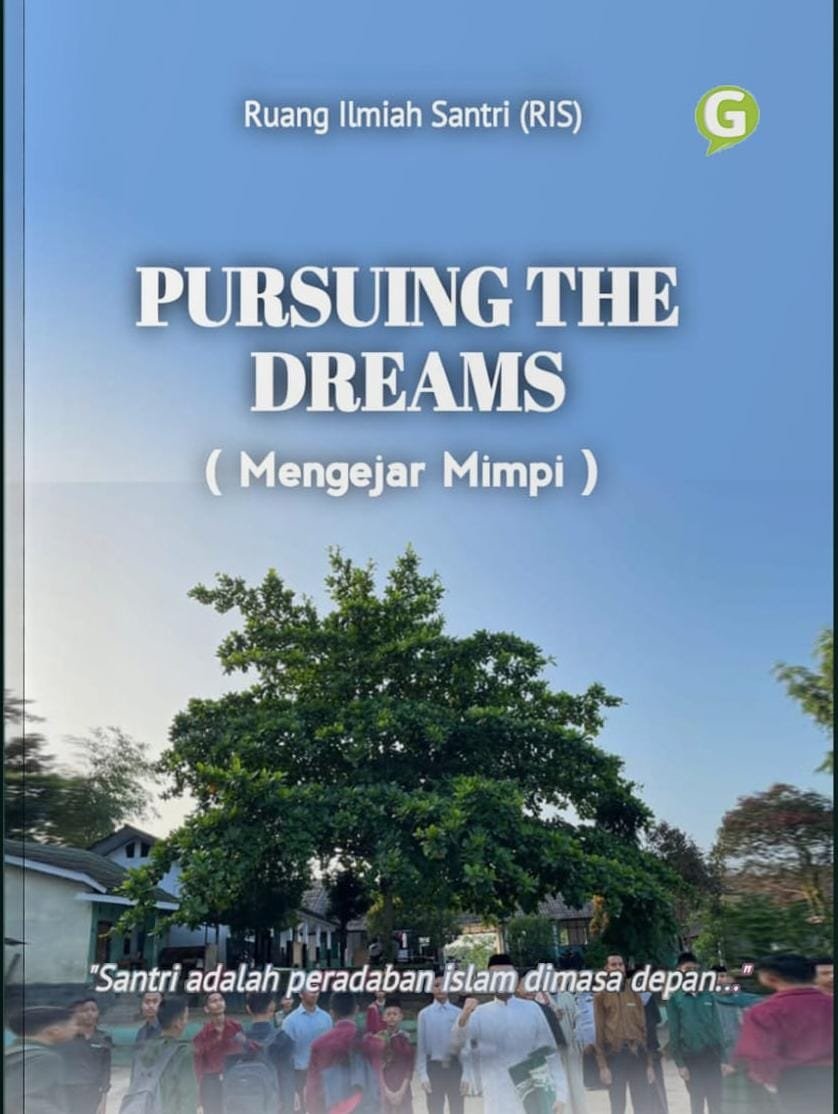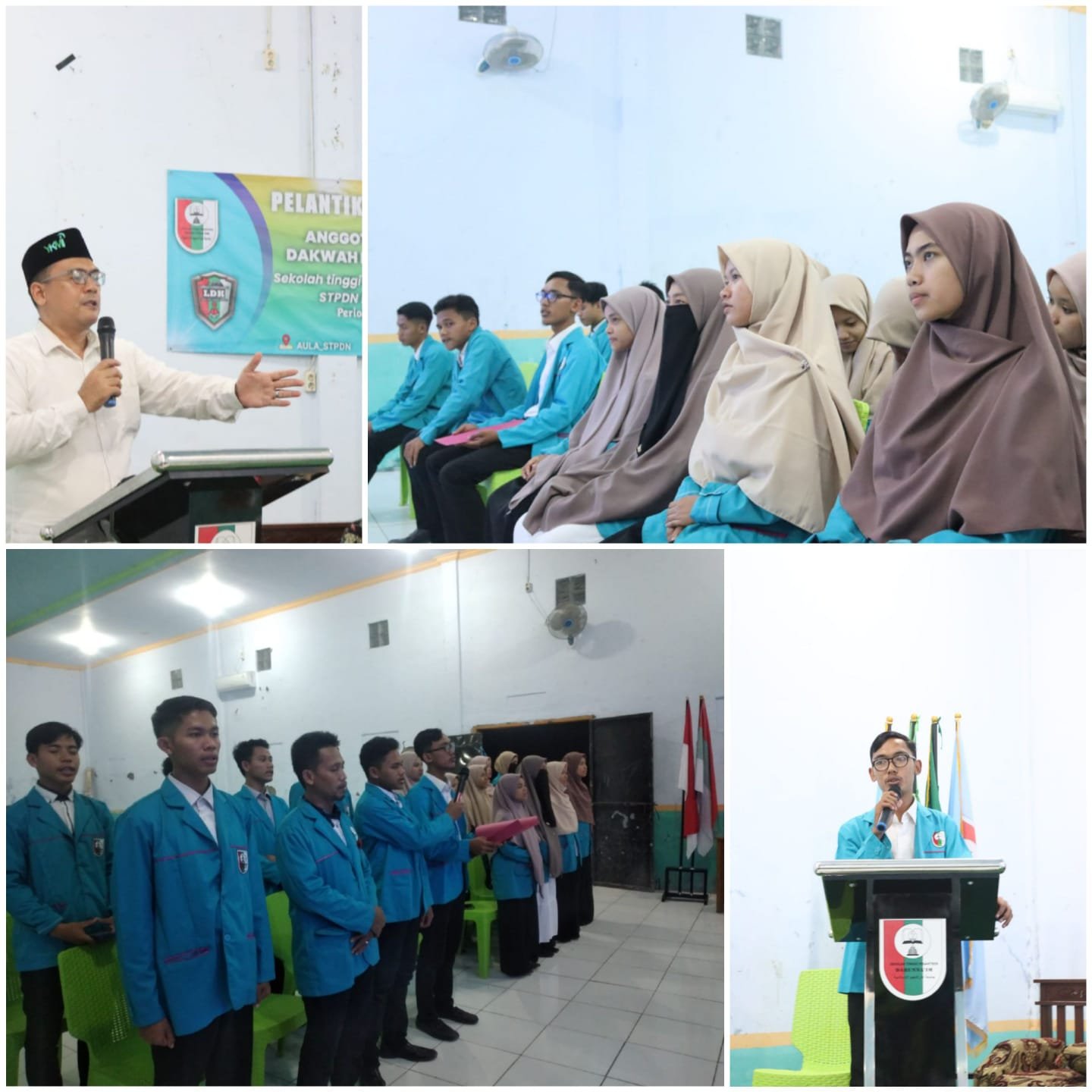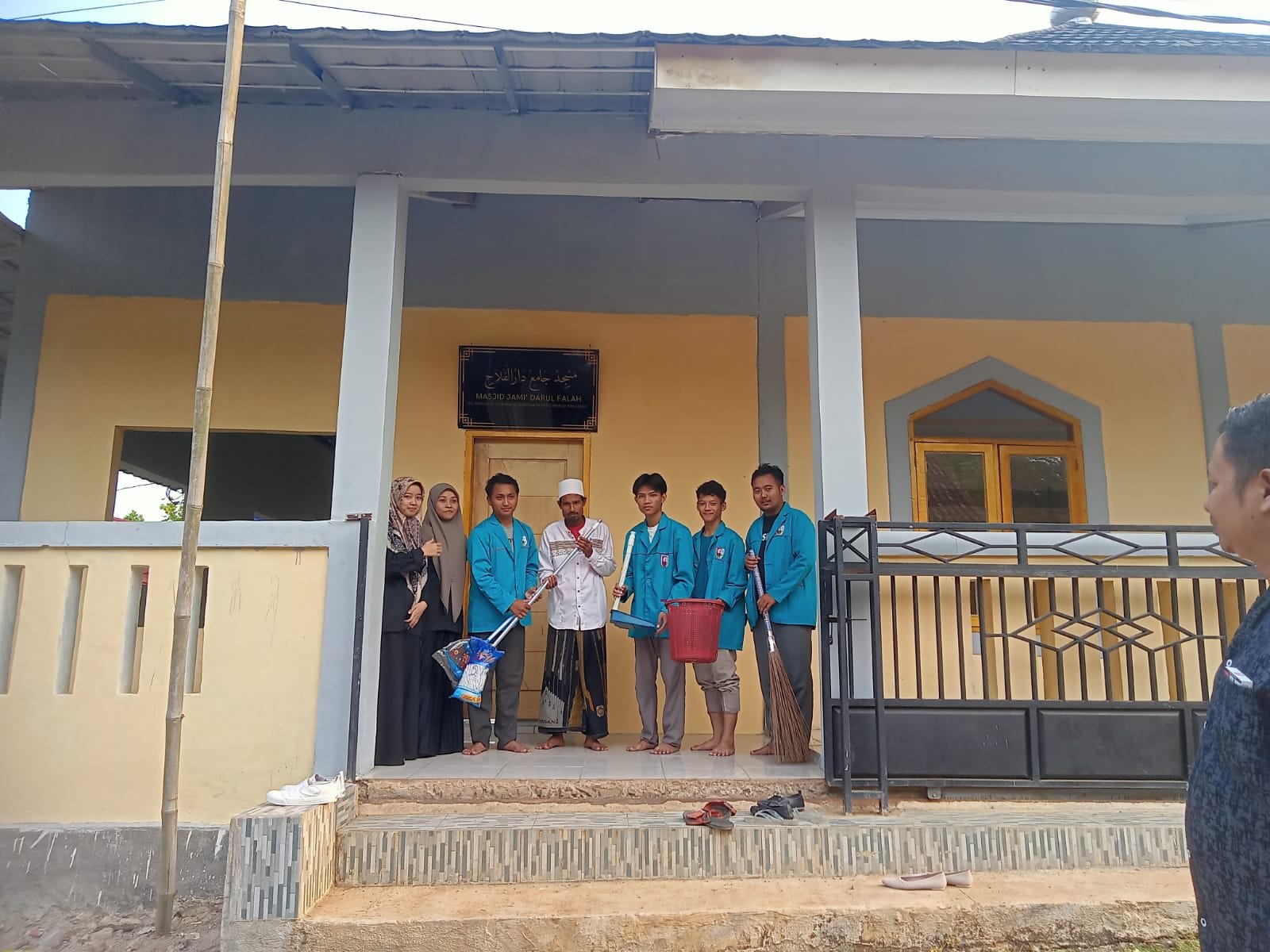Author:
Dr. Ahmad Fitriyadi Sari, S.Si., M.Pd.
Abstract
The advancement of information technology and the digitalization of education has created a learning ecosystem that heavily relies on data. Various student activities, such as attendance, assignment scores, and interactions with Learning Management Systems (LMS), can be collected for further analysis. This research aims to evaluate the application of deep learning models, specifically Long Short-Term Memory (LSTM) and Artificial Neural Network (ANN), for predicting student academic performance based on historical data. The dataset includes assignment scores, attendance, participation in online discussions, and interactions with LMS. The results of the experiments indicate that the LSTM model achieves higher accuracy (91.3%) compared to ANN (87.4%). These findings suggest that the application of deep learning can provide more reliable and accurate predictions of academic performance, enabling early interventions for at-risk students.
Keywords: Deep Learning, LSTM, ANN, Academic Performance Prediction, Digital Education, Machine Learning
- Introduction
The development of digital technology in education has enabled the creation of more sophisticated and data-driven learning platforms. The data generated by various student activities within digital education systems, such as Learning Management Systems (LMS), has become a valuable asset for analyzing and understanding student behavior and academic performance. With the advancement of artificial intelligence (AI), particularly deep learning, it is now possible to leverage this data to design predictive systems that can identify patterns in student academic performance.
Predicting student academic performance is crucial in modern education. With accurate predictions, educational administrators can intervene early with students at risk of underperforming, providing them with additional support or guidance. One of the most recent approaches in this area is the application of deep learning, with models such as Long Short-Term Memory (LSTM) and Artificial Neural Networks (ANN), which have a significant potential to analyze large and complex educational datasets.
1.1 Research Objectives
This research aims to explore the application of deep learning models in predicting student academic performance in the era of digital learning. The models applied in this study are LSTM, which is known to be effective in processing sequential data, and ANN, which is simpler but still proficient in recognizing patterns in numerical data. The results of this research are expected to provide deeper insights into the effectiveness of applying deep learning in education.
- Literature Review
2.1 Deep Learning in Education
Deep learning is a branch of machine learning that uses artificial neural networks with many layers to analyze and extract more complex features from data. In recent years, deep learning has been applied in various aspects of education, ranging from automatic grading to predicting student success.
The application of deep learning in education offers several advantages, including:
- Personalized Learning: Deep learning enables more personalized learning based on the individual needs of each student.
- Early Detection: Accurate predictions can help educators detect students who are at risk of failing or who need additional support.
- Improved Teaching Quality: Data collected from deep learning models can be used to design more targeted and effective curricula.
2.2 Long Short-Term Memory (LSTM)
LSTM is a type of artificial neural network designed to address the vanishing gradient problem that often occurs in Recurrent Neural Networks (RNNs). LSTM is highly effective in handling sequential data, where the order of data points affects the predicted outcome. In the context of academic performance prediction, LSTM can retain important information from the past to predict future performance, making it ideal for analyzing academic data that depends on temporal relationships.
2.3 Artificial Neural Network (ANN)
ANN is a basic neural network model consisting of several layers: input, hidden, and output layers. This network learns complex patterns in data through a process known as backpropagation. ANN has been widely used in various applications, including academic performance prediction, sentiment analysis, and data classification.
- Methodology
3.1 Data and Sources
The data used in this research is derived from the Learning Management System (LMS), which collects various student activity information, including:
- Assignment and exam scores
- Attendance records
- Participation in discussion forums
- Activity logs, such as login frequency and time spent on learning materials
The data covers one academic year to ensure sufficient information for analysis.
3.2 Data Preprocessing
Before the data was analyzed using deep learning models, several preprocessing steps were undertaken:
- Data Cleaning: Removing duplicate entries and correcting missing data.
- Normalization: Numerical data, such as assignment scores and time spent on learning, were normalized to a consistent scale to allow the model to learn optimally.
- Data Splitting: The data was divided into training (80%) and testing (20%) sets to evaluate model performance.
3.3 Models and Architecture
- LSTM: The LSTM model used had one LSTM layer with 50 units and a single output layer with 5 units (for classification of grades A-E).
- ANN: The ANN model had three hidden layers with 64 units per layer and a single output layer for classification.
3.4 Model Evaluation
The models were evaluated using the following metrics:
- Accuracy: Measures the percentage of correct predictions out of all predictions.
- Precision and Recall: Measures the ability of the model to identify high and low achievers.
- Confusion Matrix: Used to visualize classification results and errors made by the model.
- Results and Discussion
4.1 Experimental Results
After training both models on the processed data, the evaluation results showed that the LSTM model achieved the highest accuracy of 91.3%, while the ANN model achieved 87.4% accuracy. The LSTM model outperformed the ANN due to its ability to capture temporal patterns in the data, which is critical for predicting academic performance based on past activity.
4.2 Discussion
These results indicate that the LSTM model is highly effective in predicting student academic performance, particularly when dealing with data that depends on time sequences. Early detection of at-risk students could lead to more targeted interventions. Although the ANN model performed slightly lower, it still showed significant potential for application in educational environments that do not require complex sequential data processing.
- Conclusion and Recommendations
This research demonstrates that the application of deep learning, particularly LSTM, can effectively predict student academic performance in the digital learning era. With accurate predictions, educational institutions can provide timely support to students at risk of failing. Future research should expand on this study by incorporating additional variables, such as psychological or social factors, to further improve prediction accuracy. The implementation of such models across different educational institutions could foster more data-driven and responsive learning environments.
References
- Hinton, G. E., & Salakhutdinov, R. R. (2006). Reducing the dimensionality of data with neural networks. Science, 313(5786), 504-507. https://doi.org/10.1126/science.1127647
- LeCun, Y., Bengio, Y., & Hinton, G. (2015). Deep learning. Nature, 521(7553), 436-444. https://doi.org/10.1038/nature14539
- Zhang, L., & Zheng, Y. (2017). A deep learning approach for predicting students’ academic performance. In Proceedings of the 9th International Conference on Education and New Learning Technologies (pp. 1730-1736). IATED. https://doi.org/10.21125/edulearn.2017.0889
- Cheng, G., & Wang, D. (2018). Predicting student performance with deep learning techniques. Journal of Educational Computing Research, 56(5), 687-706. https://doi.org/10.1177/0735633117738104
- Nguyen, T. D., & Do, M. H. (2020). Predicting student performance in online education systems using deep learning models. Computers in Human Behavior, 107, 106276. https://doi.org/10.1016/j.chb.2020.106276
























